Unwrapping the Global Impact of Multicultural Holidays
As the holiday season approaches, streets light up, and air fills with the festive spirit, it’s the perfect time to unwrap a topic that’s as rich and varied as the traditions we celebrate. But have you ever stopped to think about the deeper meaning behind our holiday festivities? Beyond the twinkling lights and the joyful gatherings, there lies a fascinating intersection of culture, politics, and international relations.
In this blog post, we’re going to take a sleigh ride through the world of holiday cultural exchanges, viewing them through two distinct lenses: Realism and Idealism in international relations theory. This journey isn’t just about exploring how different cultures celebrate; it’s about understanding how these celebrations reflect and shape our world’s complex geopolitical landscape.
From the strategic ‘power plays’ of nations in the Realist view to the Idealist’s dream of fostering global peace and understanding, holiday traditions are more than just customs; they are a reflection of our global interconnectedness. So, grab a cup of your favorite holiday drink, and let’s dive into the world of different cultures during the holidays – a world where every festivity tells a story far beyond what meets the eye.
Realism in international relations views the world as a competitive arena where states prioritize power and self-interest. It’s a perspective where national strength and survival are paramount. Let’s explore how this theory exposes the dynamics behind holiday cultural.
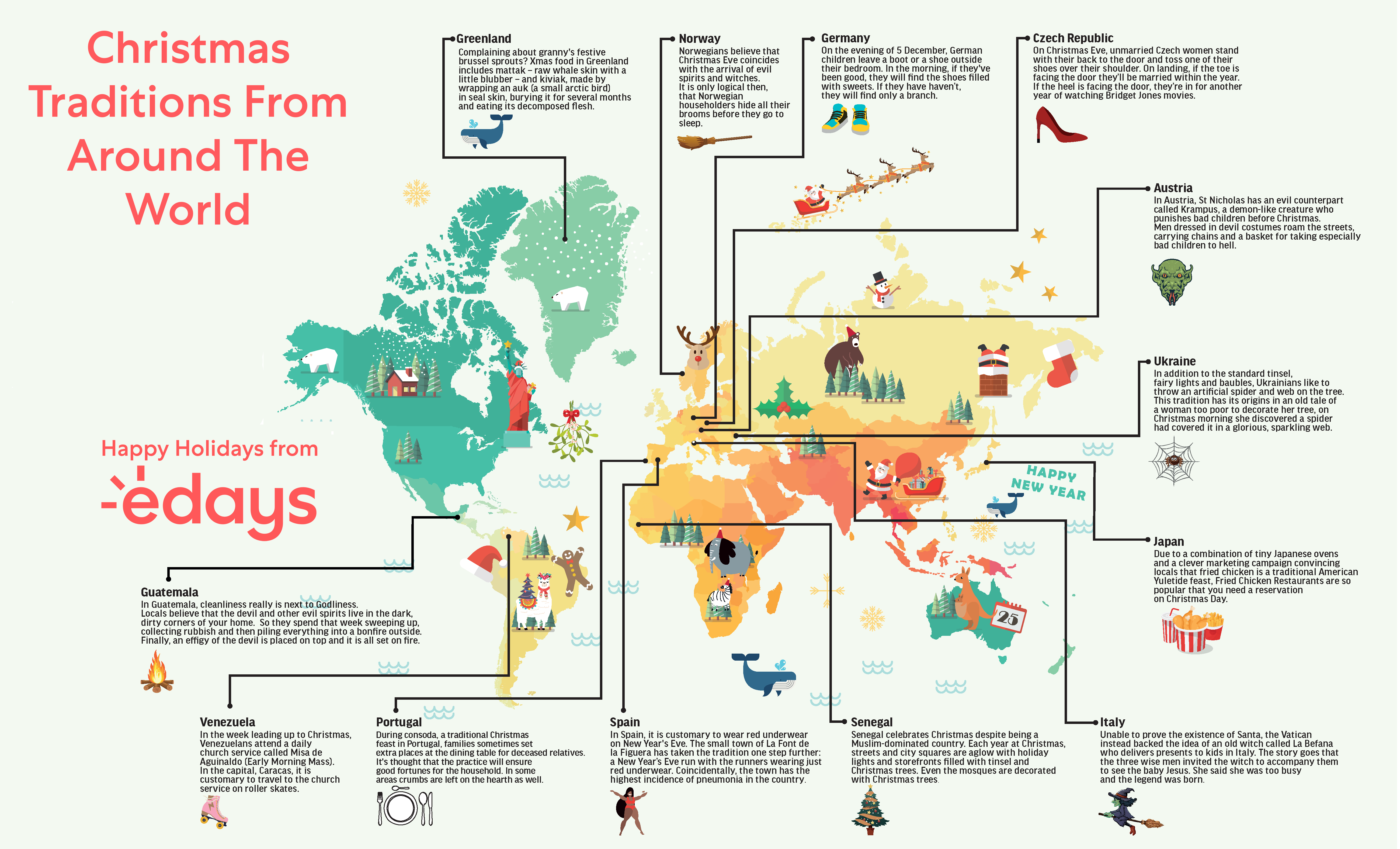
The fact that Christmas is almost everywhere, even in countries with minimal Christian populations, is a huge example of cultural dominance. This phenomenon reflects how influential cultures can export their traditions worldwide, subtly shaping global norms. It’s not just about spreading cheer; it’s about extending cultural influence, a key aspect of power in Realism.
Countries capitalize on holiday celebrations for economic gains, aligning with Realist principles. Holiday markets, like Germany’s famous Christkindlmarkts, aren’t just cultural spectacles; they’re strategic moves to boost tourism and strengthen economies. This economic aspect of cultural exchanges is a quintessential Realist interpretation, where even joyful celebrations are opportunities for economic advancement.
With this theory we can also consider the role of cultural traditions in reinforcing national identity and, consequently, national security. Celebrations like the Fourth of July in the United States or Bastille Day in France can fortify national solidarity. In a Realist view, these events are critical in keeping a strong national identity, essential for a state’s survival and power in the international system.
On the flip side, Idealism in international relations is a theory that emphasizes cooperation, peace, and ethical values. It believes that human nature is inherently good and that international systems should support moral and cooperative behaviors. In the context of holiday cultural exchanges, Idealism shines a hopeful light on the potential for global understanding and harmony.
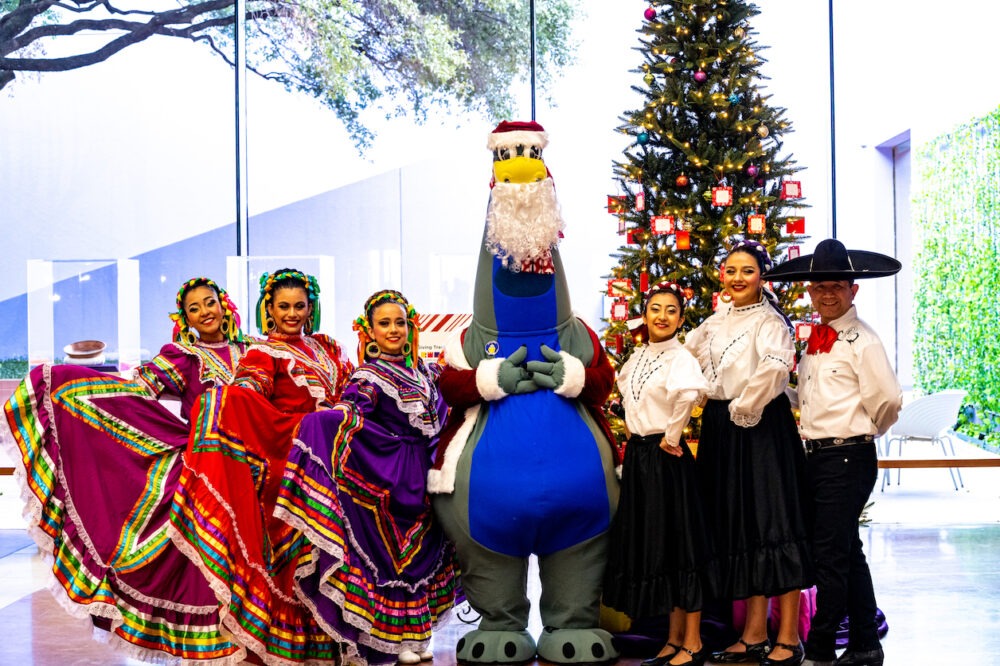
Promoting Peace and Understanding during the Holiday Season
Idealism cherishes the notion that sharing cultural traditions during holidays can bridge gaps between nations. Think of a shared Christmas dinner or Diwali festivities bringing together people of different backgrounds. These moments aren’t just merry; they’re powerful instances of cultural diplomacy that can foster a sense of global community and peace.
Holiday events can be platforms for diplomacy and international dialogue. For example, diplomatic corps hosting or attending each other’s national day celebrations or participating in shared holiday traditions. These gestures, though symbolic, promote goodwill and pave the way for more substantive international cooperation and understanding.
The celebration of diverse holiday traditions is a testament to a world that is increasingly interconnected and tolerant. Observing Hanukkah, Eid, Christmas, or Lunar New Year festivities in different parts of the world exemplifies how cultural exchange can promote an appreciation for diversity, challenging stereotypes and fostering a more inclusive global community.
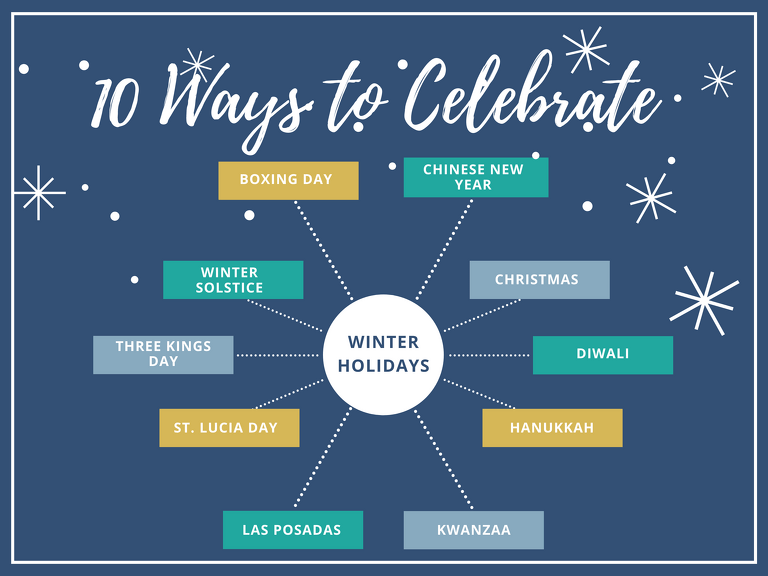
Examples of Cultural Exchange
The charm of European Christmas markets has transcended continents, inspiring similar markets worldwide. These markets are not just about shopping; they’re cultural phenomena that promote understanding of European traditions and foster a sense of global community.
Food is a universal language, and international food festivals during cultural holidays like Ramadan, Chinese New Year, or Thanksgiving offer unique opportunities for cultural exchange. These festivals are more than culinary experiences; they’re melting pots of tradition and cultural understanding.
Events like the New York Hanukkah parade or the Holi festival celebrated globally illustrate how cultural exchanges can transcend boundaries and positively influence international relations. Such events not only entertain but also educate and connect people from different backgrounds, nurturing a global sense of belonging and shared humanity.
Embracing Cultural Exchange for a Better World
As we’ve looked through the Realist and Idealist lenses on holiday cultural exchanges, it’s clear that these events hold more than just festive significance. From a Realist viewpoint, holidays can be tools for asserting cultural dominance, economic gain, and reinforcing national identity. They reveal the strategic ways nations navigate the global stage, using culture as a form of soft power. On the flip side, Idealism shines a light on the brighter aspects of these exchanges. It sees holidays as opportunities to foster peace, understanding, and cooperation across borders. It celebrates the sharing of diverse traditions as a path to a more tolerant, understanding, and interconnected world.
The beauty of these exchanges is in their dual nature. They can both reflect the complex dynamics of global politics and offer a beacon of hope for a world united by shared traditions and mutual respect. By being open to learning and sharing different cultures and traditions, we not only enrich our own lives but also contribute to building bridges of understanding in an often-divided world.
Let this holiday season be a reminder of the power of cultural exchange. It’s more than just an exchange of gifts or greetings; it’s an exchange of ideas, values, and visions for a better world. A world where, despite our differences, we find common ground in the joy and warmth of our shared humanity.
This holiday season, step into the diverse world of cultural experiences. Participate in local events that celebrate different traditions, visit a holiday market that showcases traditions from around the world, or attend a cultural festival in your community! Take the time to learn about the holiday traditions of a culture different from your own – you might be surprised by what you discover.
Share your experiences with friends and family, and encourage them to join you in this journey of cultural exploration. Remember, every step we take towards understanding and appreciating other cultures brings us closer to a world marked by harmony and mutual respect.
Let’s embrace the holiday spirit and foster a more understanding, cooperative, and peaceful world.
Happy winter solstice to those that celebrate! Happy holidays and culture sharing- let’s all party together!
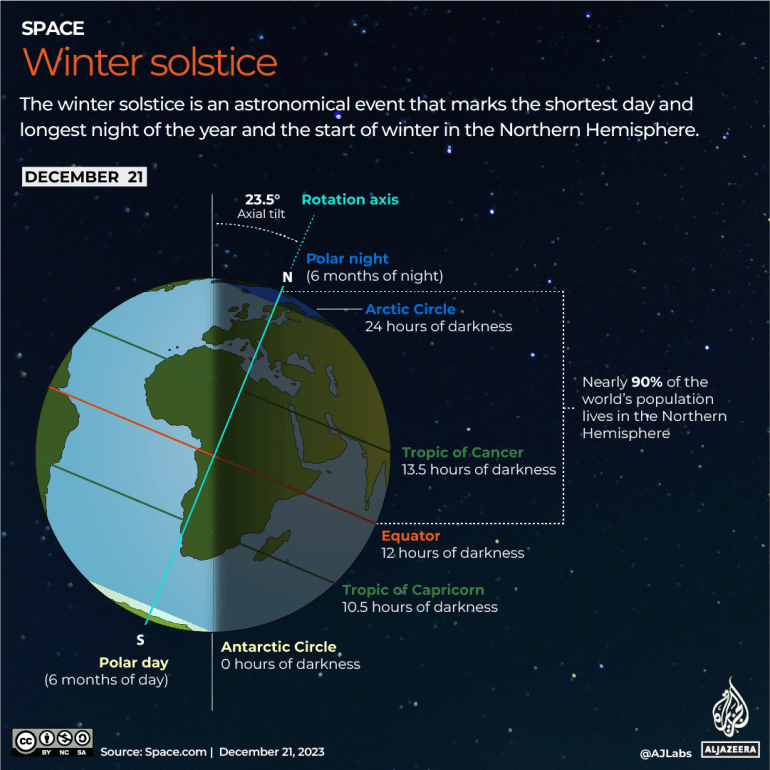
References
- Harry. (2023, 4 octubre). Infographic: Christmas traditions from around the world. edays absence management. https://www.e-days.com/news/christmas-traditions-around-the-world-infographic
- ChatGPT. (n.d.). OpenAI. https://chat.openai.com/#
- McCormick Center for Early Childhood Leadership. (2020, 18 diciembre). A look around the world | Winter celebrations | McCormick Center for Early Childhood Leadership. https://mccormickcenter.nl.edu/library/winter-celebrations/
- Winter Fest: a multicultural holiday celebration – DFWChild. (2022, 28 noviembre). DFWChild. https://dfwchild.com/events/winter-fest-fwmsh/
- Jazeera, A. (2023, 21 diciembre). Winter Solstice 2023: When is the shortest day of the year? Al Jazeera. https://www.aljazeera.com/news/2023/12/21/winter-solstice-the-longest-night-of-the-year-and-the-start-of-winter
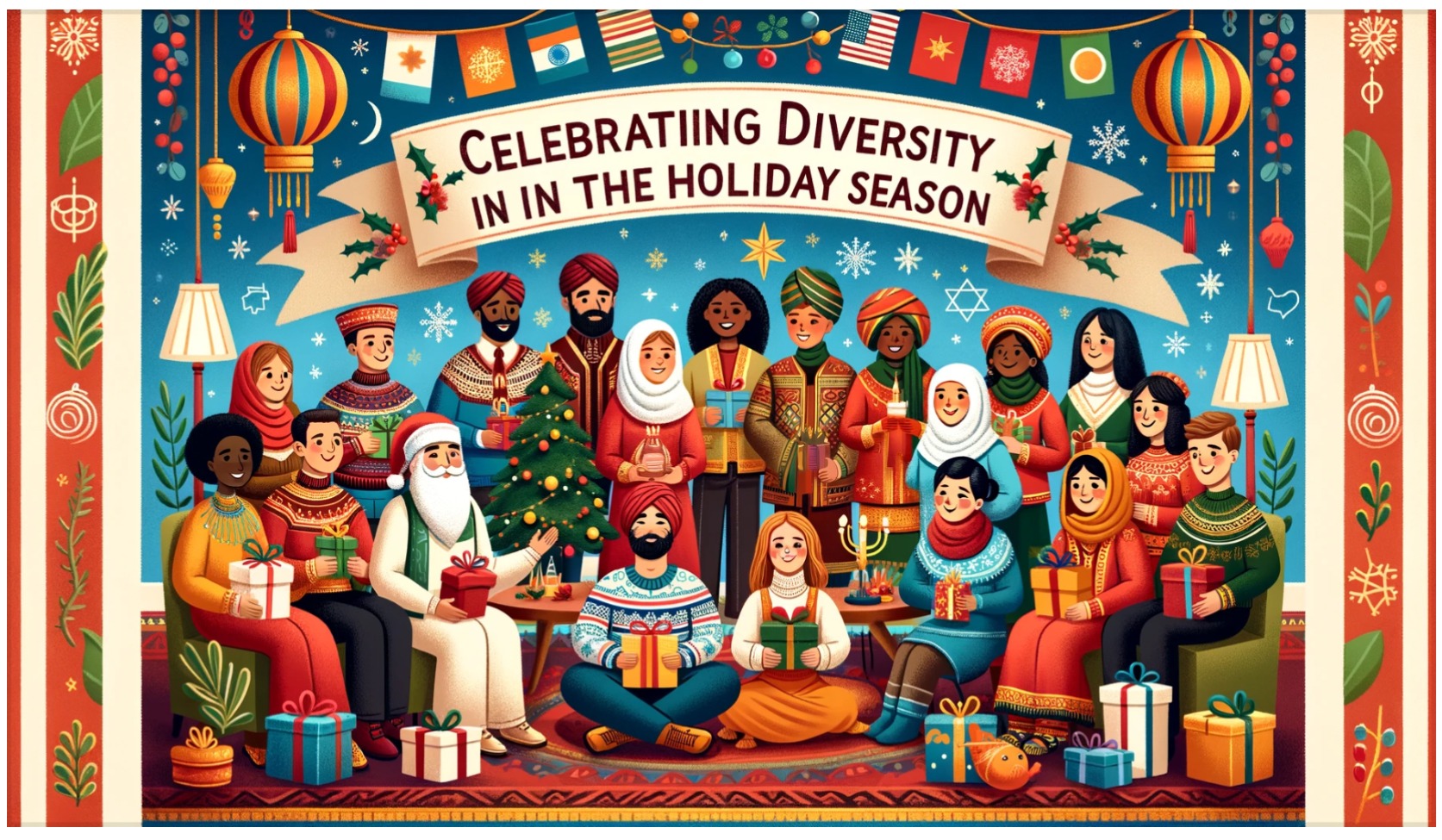




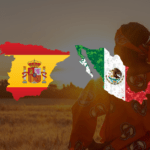

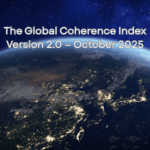

One response
Wow , es muy interesante